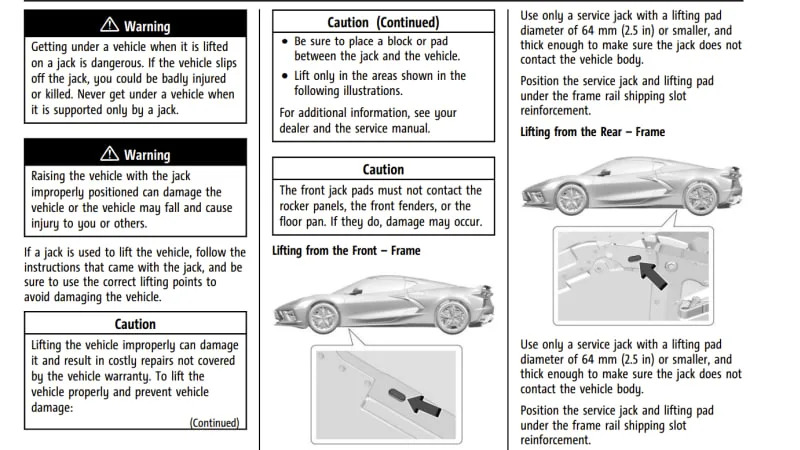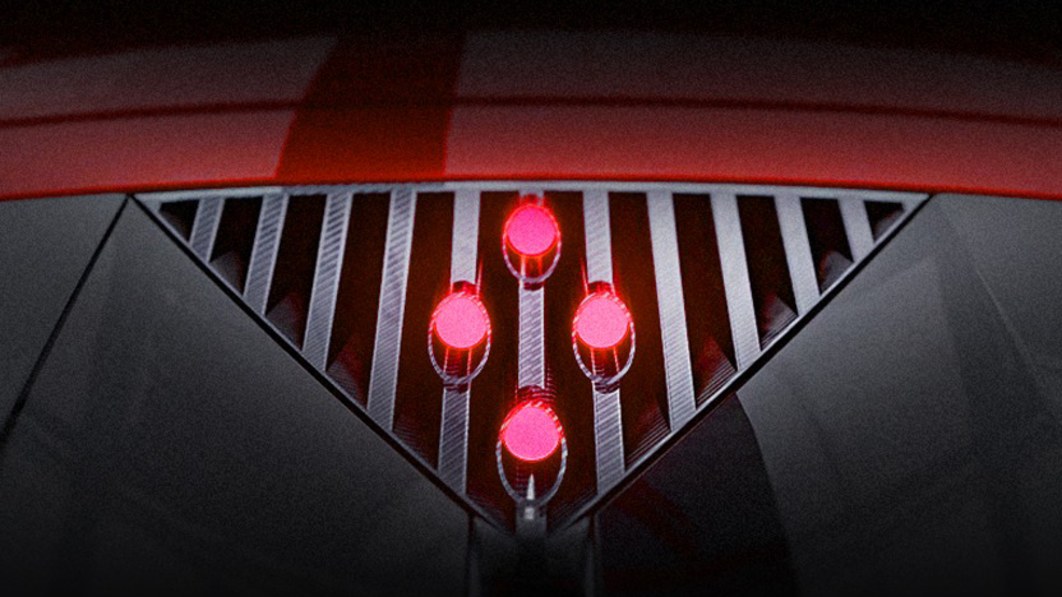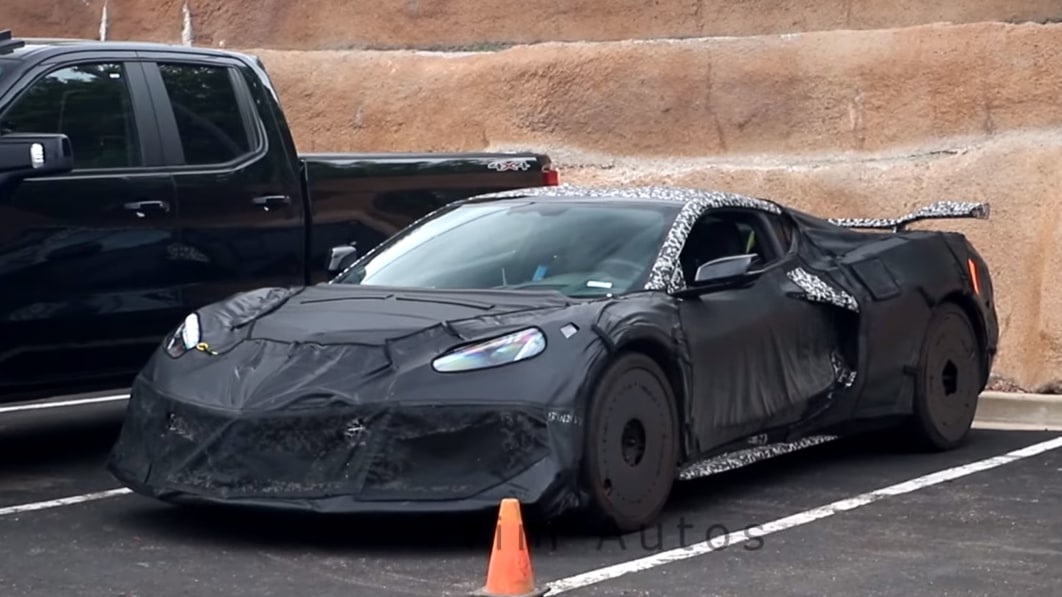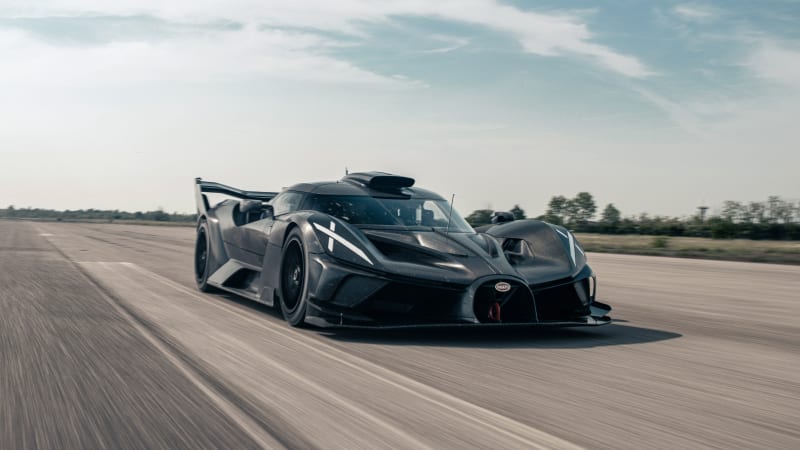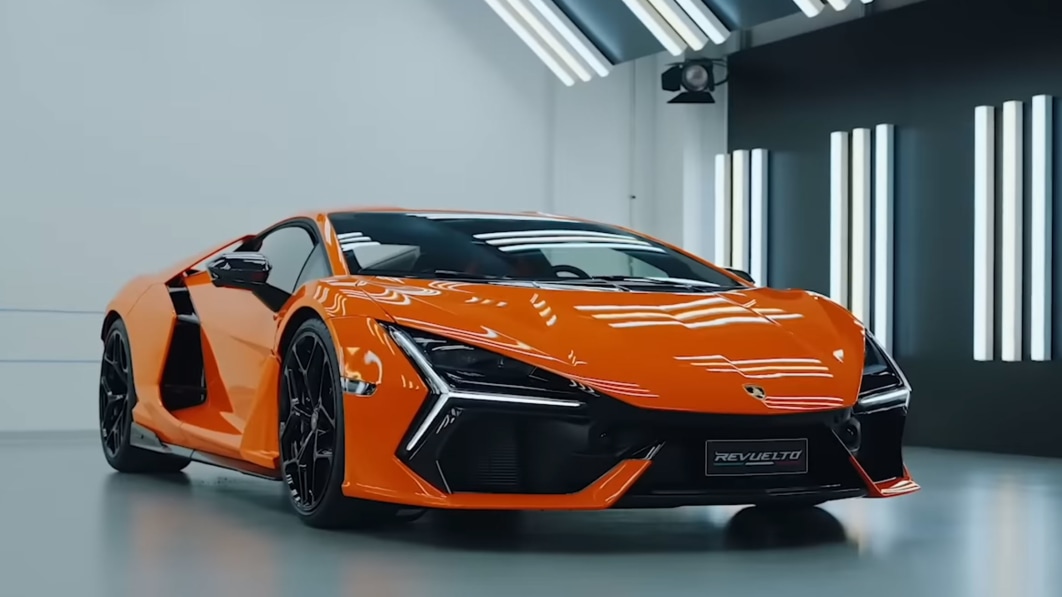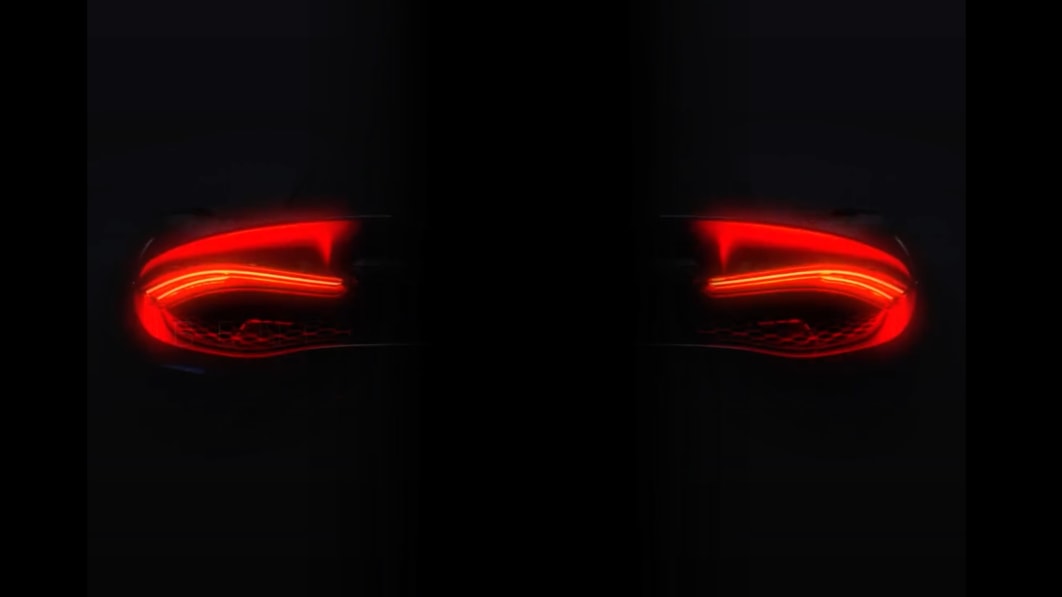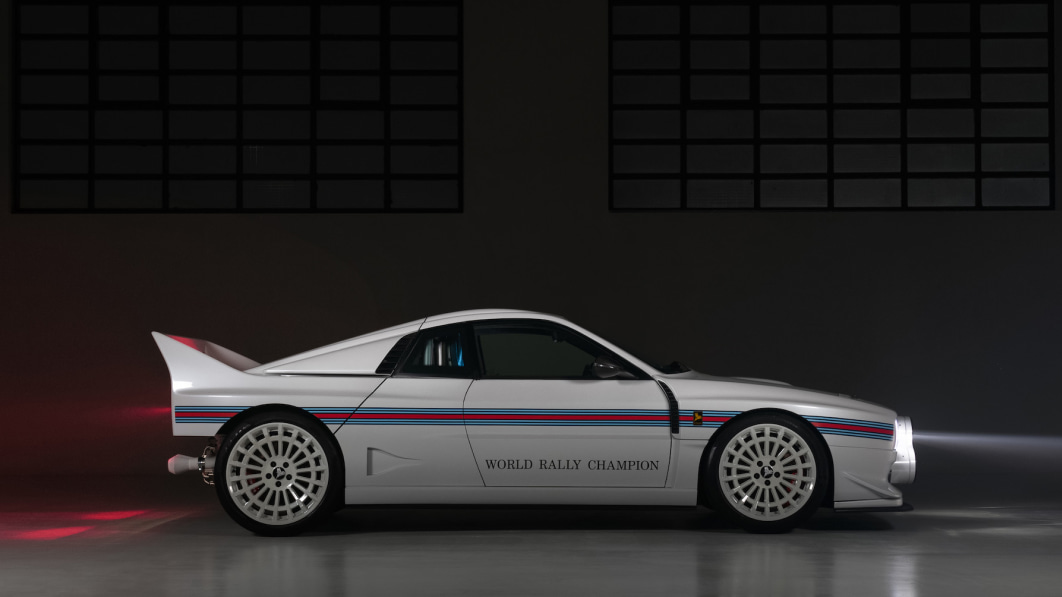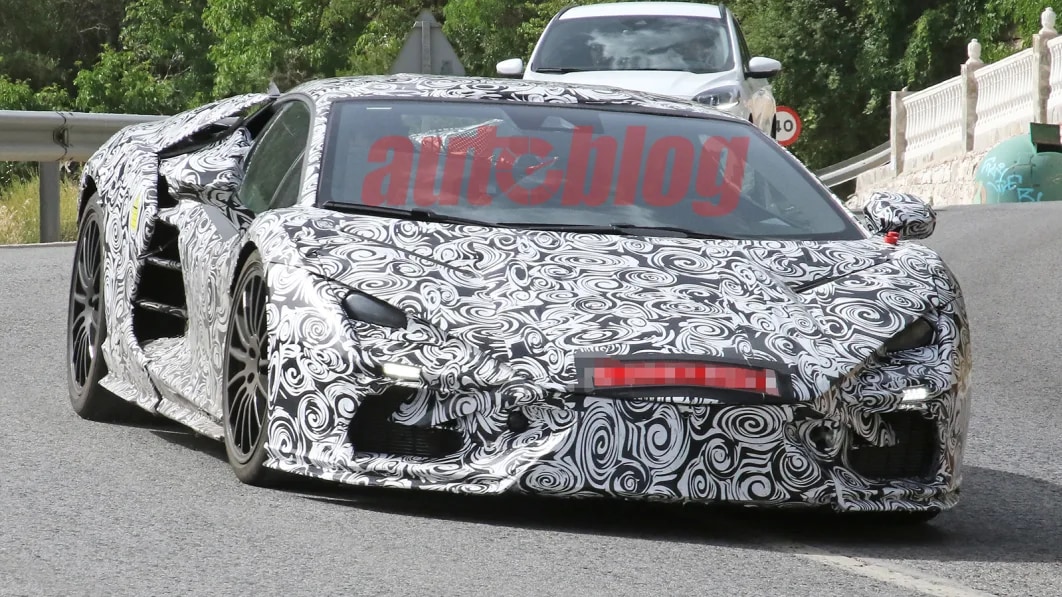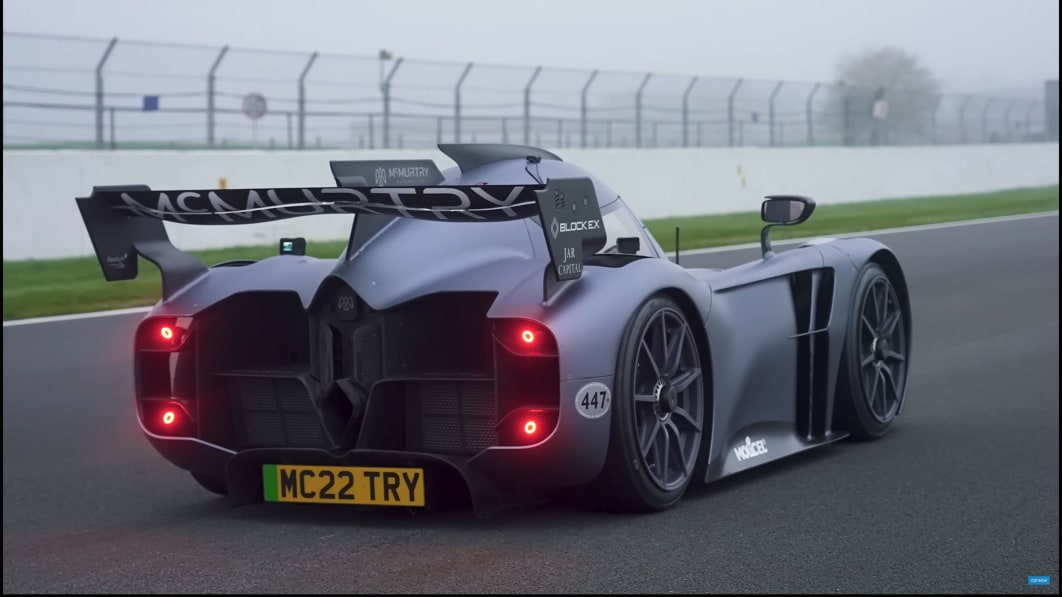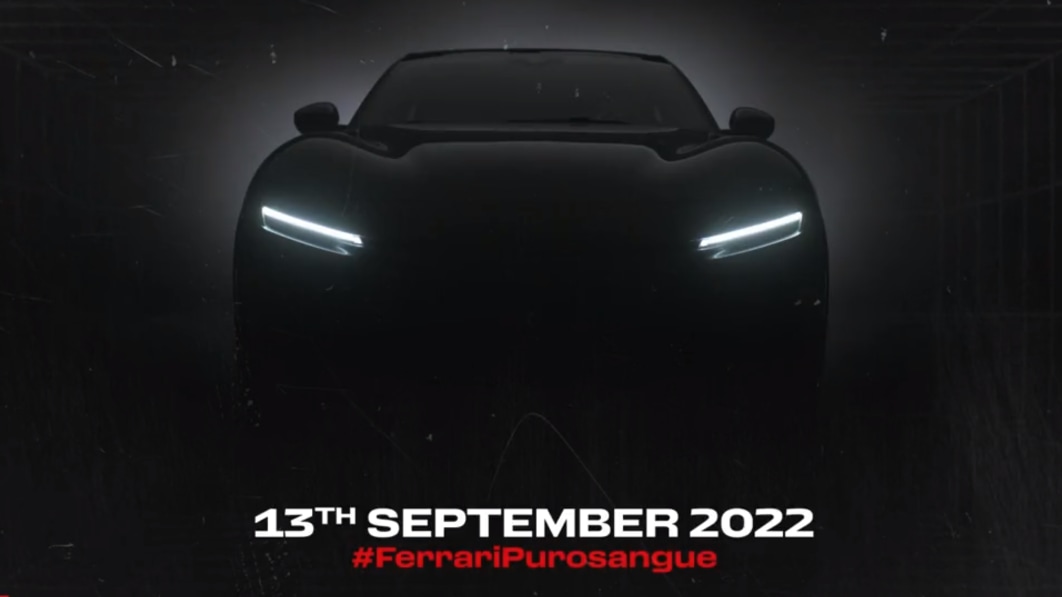There are more hypercars on sale in the U.S. than there are new cars under $20,000. Sure, that’s still just a handful, but it doesn’t take much to make a crowd at more than seven figures; as it was with Greek mythology, so it is with $2M cars, a few Titans go a long way. With that kind of competition, it’s not enough for hypercars to make big horsepower, they need to prove their prowess with it. We’re too early in the game to call what’s happening the beginning of laptime wars, but factions keep firing shots at one another. Swedish outfit Koenigsegg and U.S. outfit Czinger exchanged the latest rounds on the battlegrounds of Laguna Seca. In 2021, Czinger development driver Joel Miller drove a 21C to a new record around the famous 2.2-mile Northern California track with a time of 1:25.44. That broke the previous record of 1:27.62 set by Randy Pobst in a McLaren Senna.
During last month’s Monterey Car Week, Koenigsegg development driver Markus Lundh piloted a Jesko Attack — the big-winged, track-focused Jesko variant — around Laguna Seca in 1:24.86, besting Czinger’s lap by 0.56. This was Koenigsegg’s first visit to the circuit, and Lundh’s as well. There’s no doubt the Lundh can go quicker, given more time to get himself and the Jesko dialed in to the track.
Czinger, based in Southern California, wasted no time trailering a C21 up north to get its stolen property back. Miller, piloting the C21 Blackbird trim that makes a little more horsepower, cut the lap record down to 1:24.75, a mere 0.11 ahead of the Jesko Attack. For now.
A comparison of the weapons: Jesko Attack bodywork hides a twin-turbo 5.0-liter V8 that makes 1,577 hp and 1,105 lb-ft on E85 (or 1,262 hp on regular pump gas) to power the rear wheels alone. Claimed weight is 3,064 pounds with fluids. The standard C21 uses a twin-turbocharged 2.88-liter V8 in back turning the rear wheels plus two electric motors turning the fronts, to make a combined 1,233 hp and more than 539 lb-ft. The C21 Blackbird increases the horse count to 1,333. Claimed weight is 2,756 pounds.
As we said, we’re not sure this is a war yet, but we know the skirmishes aren’t over. Czinger broke the Goodwood Hill Climb record in July (if you haven’t seen the C21 in action, sounding like the opposite of the Jesko, you should change that), Koenigsegg spent the same month breaking four records during its 0-400-0 run in a Jesko Absolute. Czinger had set a lap record at Texas’ Circuit of the Americas that Hennessey broke with the Venom F5, Czinger has already said it wants that record again, and some blue ribbons earned in Europe next year as well. And we know Koenigsegg and Hennessey are plotting to break the 300-mph record, they’re just waiting on the tires to do it. While we wait for the next charge, have a watch of Czinger’s Laguna Seca run.

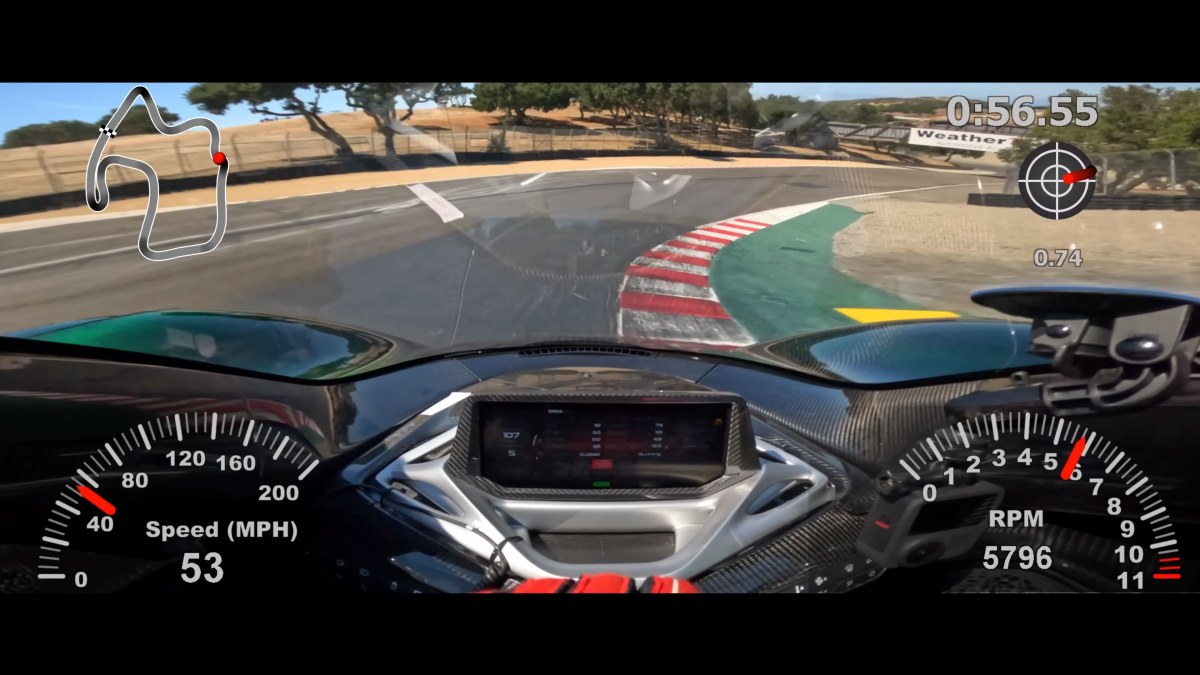

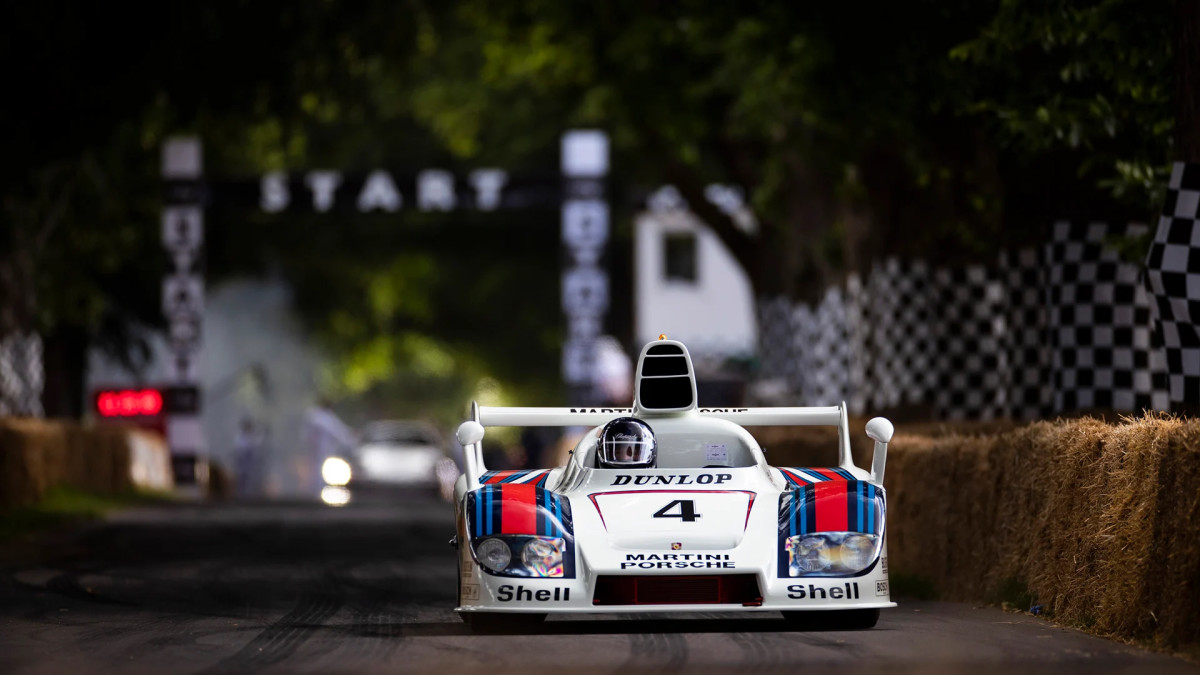
 [unable to retrieve full-text content]
[unable to retrieve full-text content]
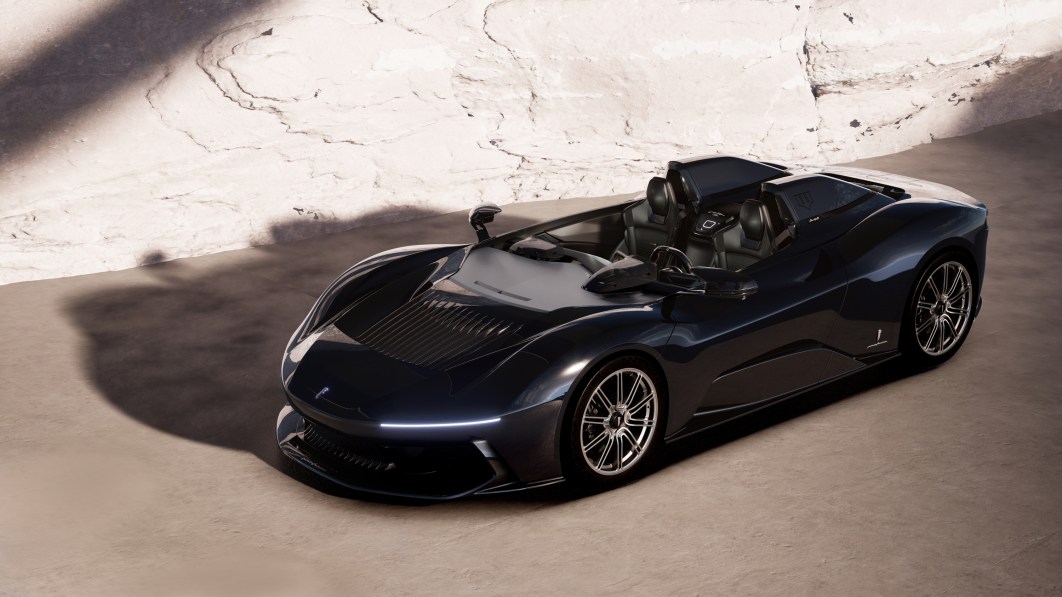
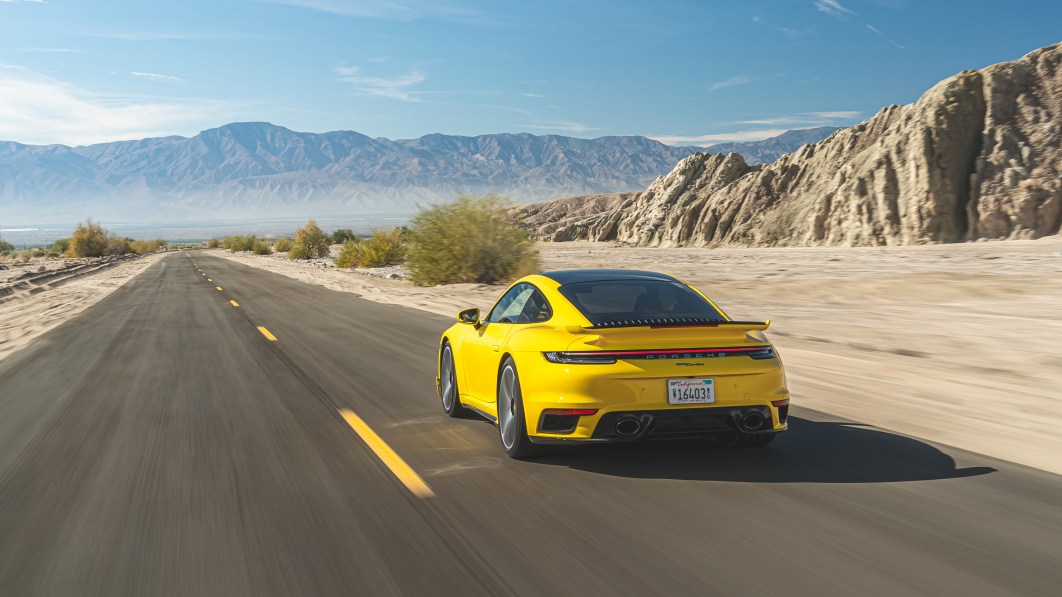
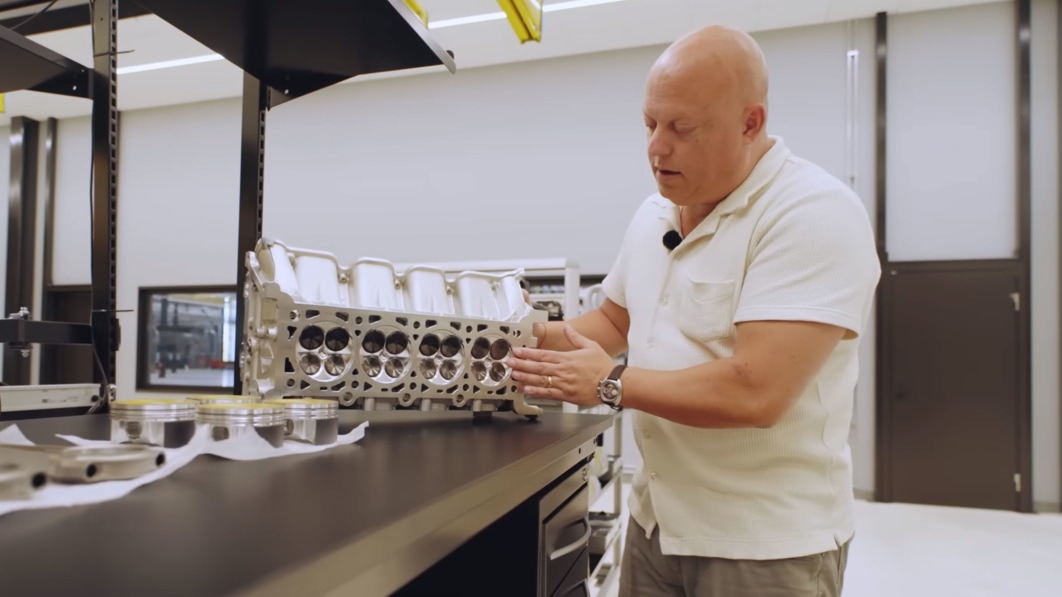
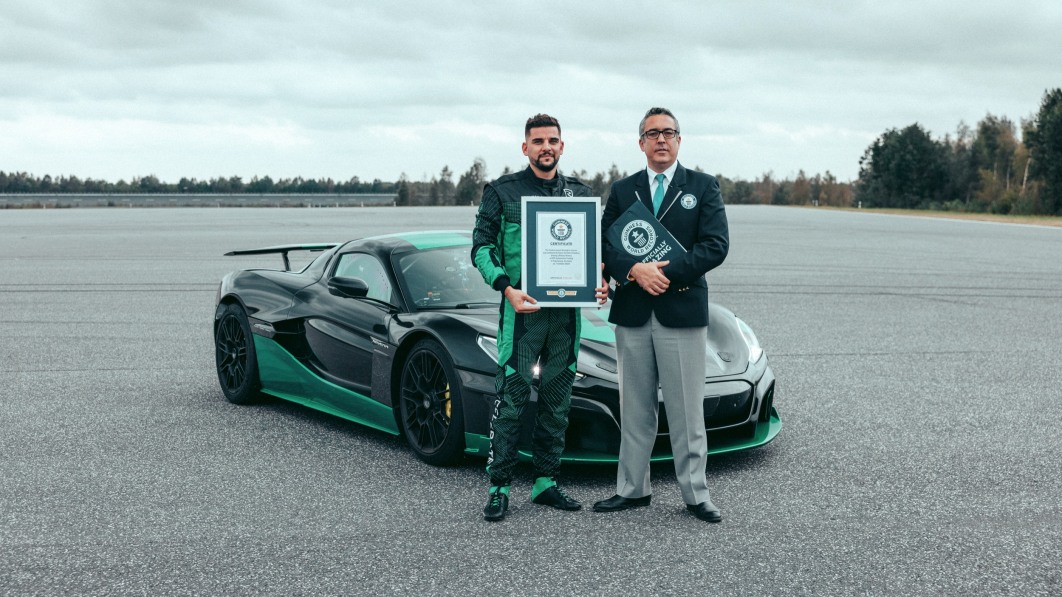
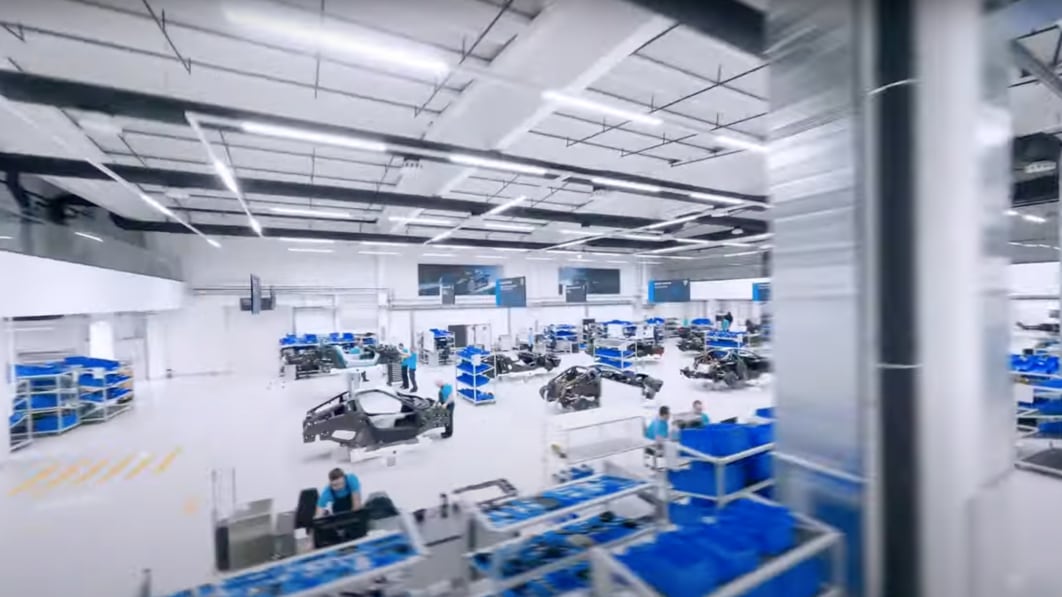
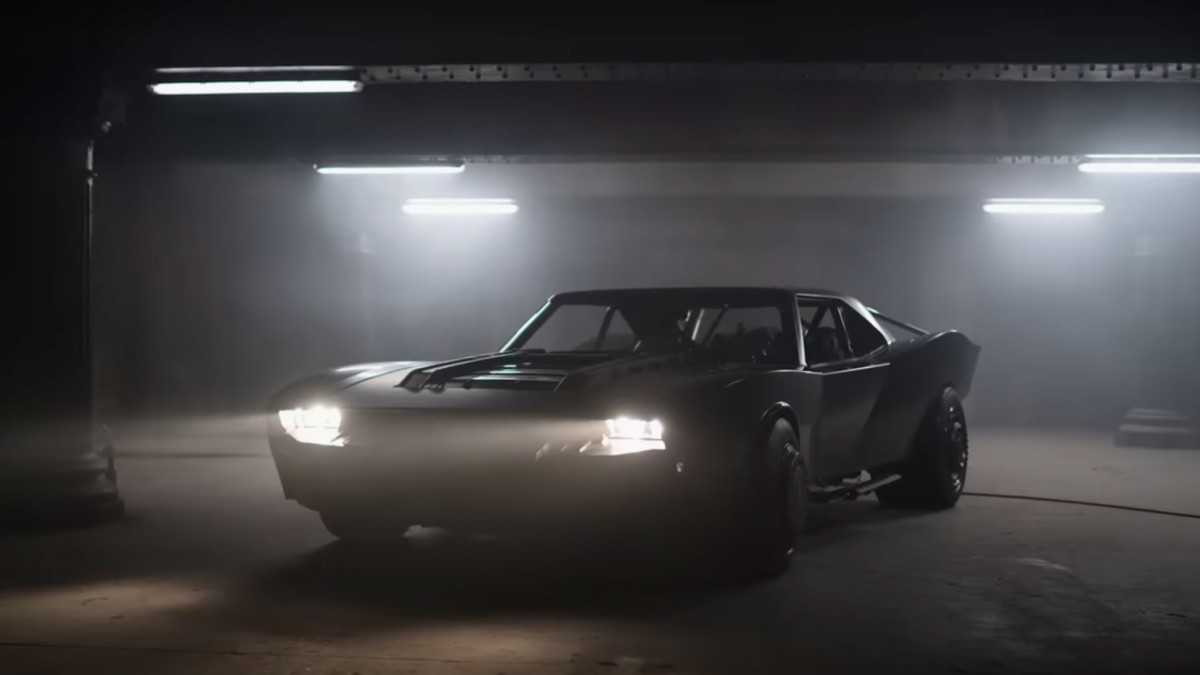
 [unable to retrieve full-text content]
[unable to retrieve full-text content]
